The Huckleberry Companion Plant Cheat Sheet
The Huckleberry Companion Plant Cheat Sheet
Huckleberries are delicious, nutritious berries that are native to North America. They can be grown in a variety of climates, but they do best in acidic soil and partial shade. One of the best ways to improve the growth and productivity of huckleberry plants is to plant them with companion plants.
Companion planting is the practice of planting different types of plants together in order to benefit each other. There are many different benefits to companion planting, including:
- Increased pollination
- Reduced pest and disease problems
- Improved soil health
- Increased yields
When choosing companion plants for huckleberries, there are a few things to keep in mind. First, you want to choose plants that have similar growing conditions. Huckleberries prefer acidic soil and partial shade, so you'll want to choose companion plants that also thrive in these conditions.
Second, you want to choose plants that will benefit each other. Some good companion plants for huckleberries include:
- Bearberry. Bearberry is a groundcover plant that helps to suppress weeds and improve soil drainage. It also attracts beneficial insects, which helps to control pests.
- Bluebells. Bluebells help to attract pollinators, which helps to increase fruit production. They also help to improve soil nitrogen levels.
- Coralbells. Coralbells is a shade-tolerant plant that helps to suppress weeds and improve soil drainage. It also attracts beneficial insects, which helps to control pests.
- Ferns. Ferns help to improve soil moisture and shade, which can be beneficial for huckleberries. They also help to suppress weeds.
- Sage. Sage helps to repel pests and attract pollinators. It also helps to improve soil drainage.
When planting huckleberries with companion plants, it's important to space the plants properly. Huckleberries need plenty of space to grow, so you'll want to give them at least 3 feet of space between plants. You'll also want to make sure that the companion plants are not too tall, as they could shade out the huckleberries.
With proper planning and care, companion planting can help you to grow healthy, productive huckleberry plants.
Huckleberries are a delicious and versatile fruit that can be enjoyed fresh, frozen, or cooked. But did you know that there are certain plants that can help to improve the growth and productivity of huckleberry bushes? These plants, known as companion plants, can provide a number of benefits to huckleberries, including:
- Attracting pollinators: Many companion plants, such as lavender and yarrow, attract pollinators, which help to increase the pollination of huckleberry flowers. This leads to a higher yield of berries.
- Suppressing weeds: Some companion plants, such as mint and chamomile, can help to suppress weeds, which can compete with huckleberry bushes for water and nutrients.
- Improving soil quality: Other companion plants, such as clover and beans, can help to improve the soil quality around huckleberry bushes, making it more nutrient-rich and easier for the bushes to absorb water.
If you're interested in learning more about huckleberry companion plants, I recommend visiting Garden Wiki. This website has a wealth of information on the topic, including a list of the best companion plants for huckleberries, as well as tips on how to plant and care for them.
FAQ of huckleberry companion plants
Q: What are some good companion plants for huckleberries?
A: Huckleberries have similar growing requirements to blueberries, azaleas, rhododendrons, gardenias, hydrangeas, and many fern species, all of which make great companions in a planting scheme. These plants all prefer acidic soil, full sun, and regular moisture. Some specific companion plants that are well-suited for huckleberries include:
- Azalea
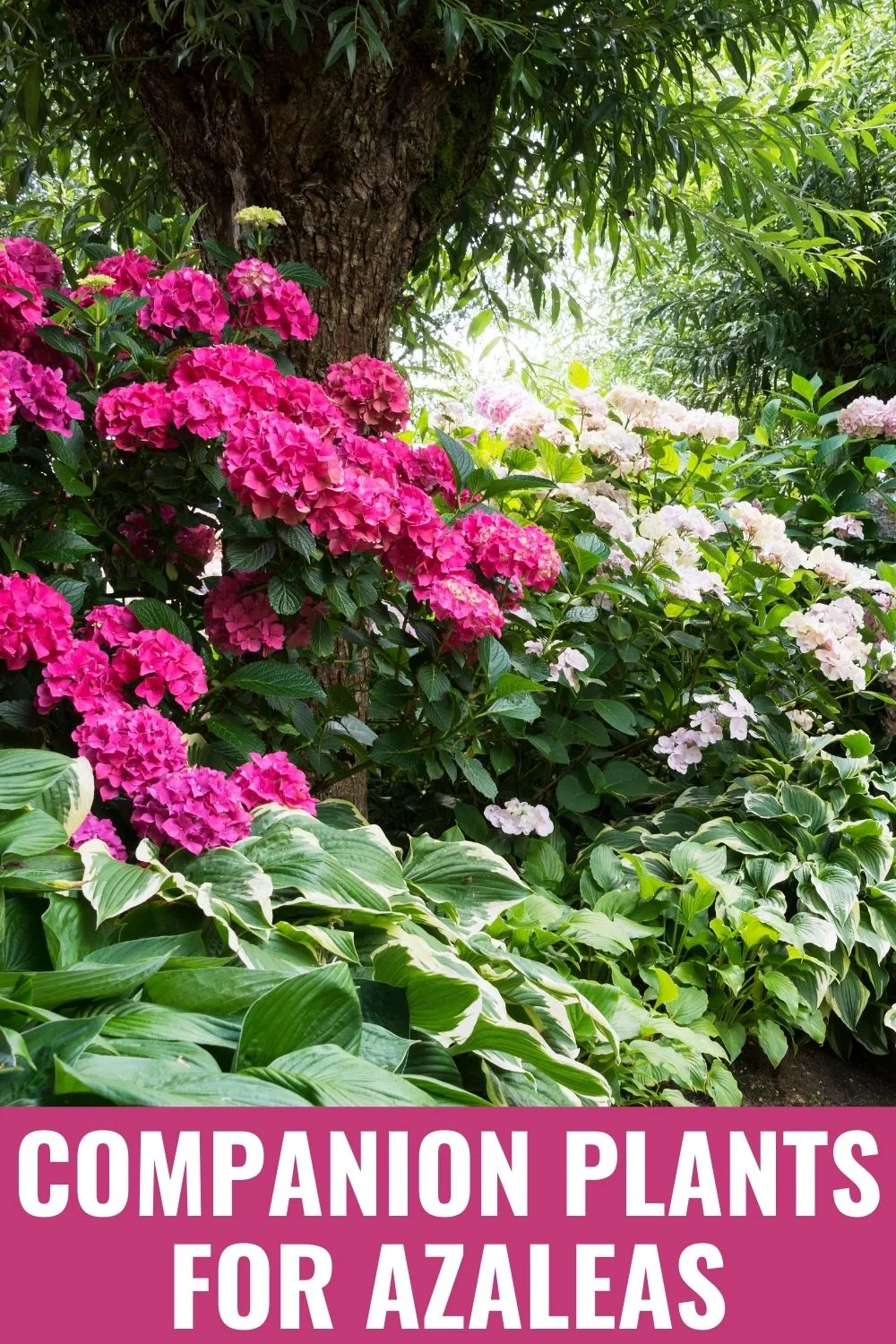
- Beetleweed
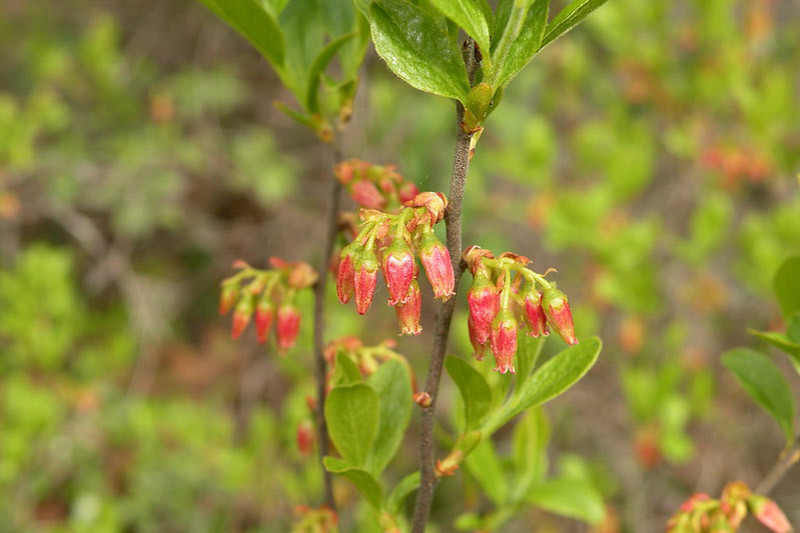
- Eastern White Pine
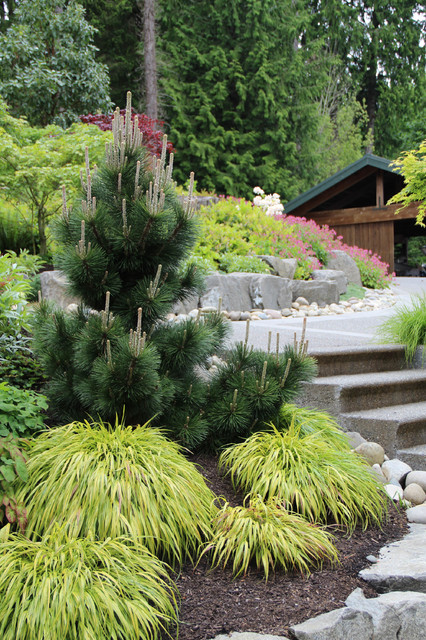
- Lowbush Blueberry
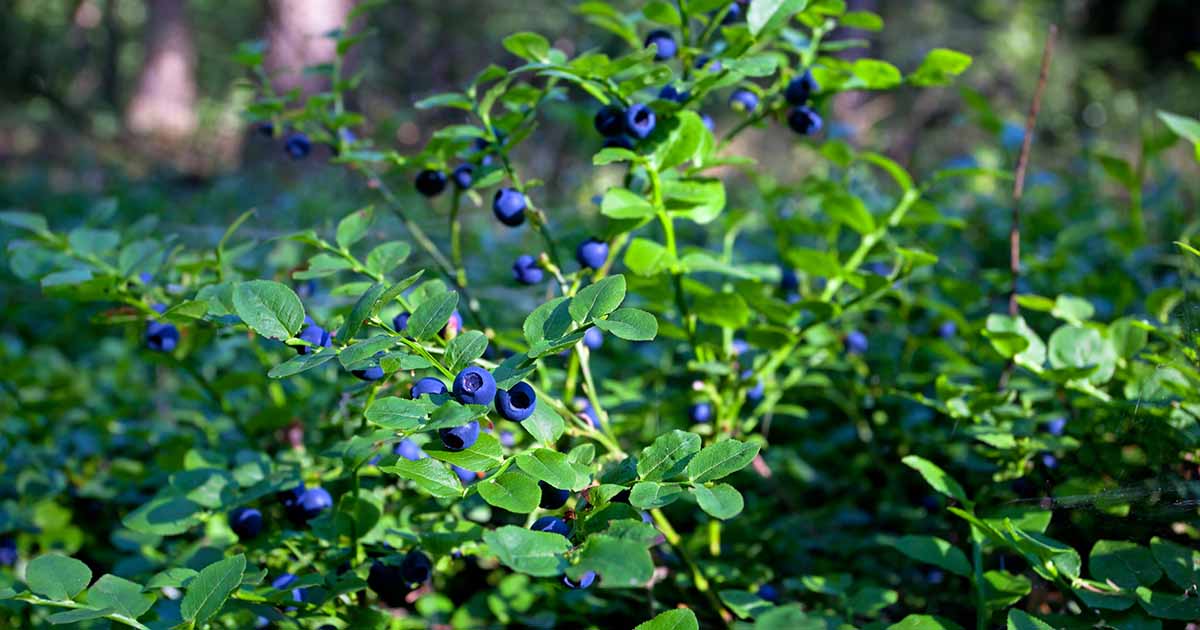
- Mountain Laurel

- Rhododendron
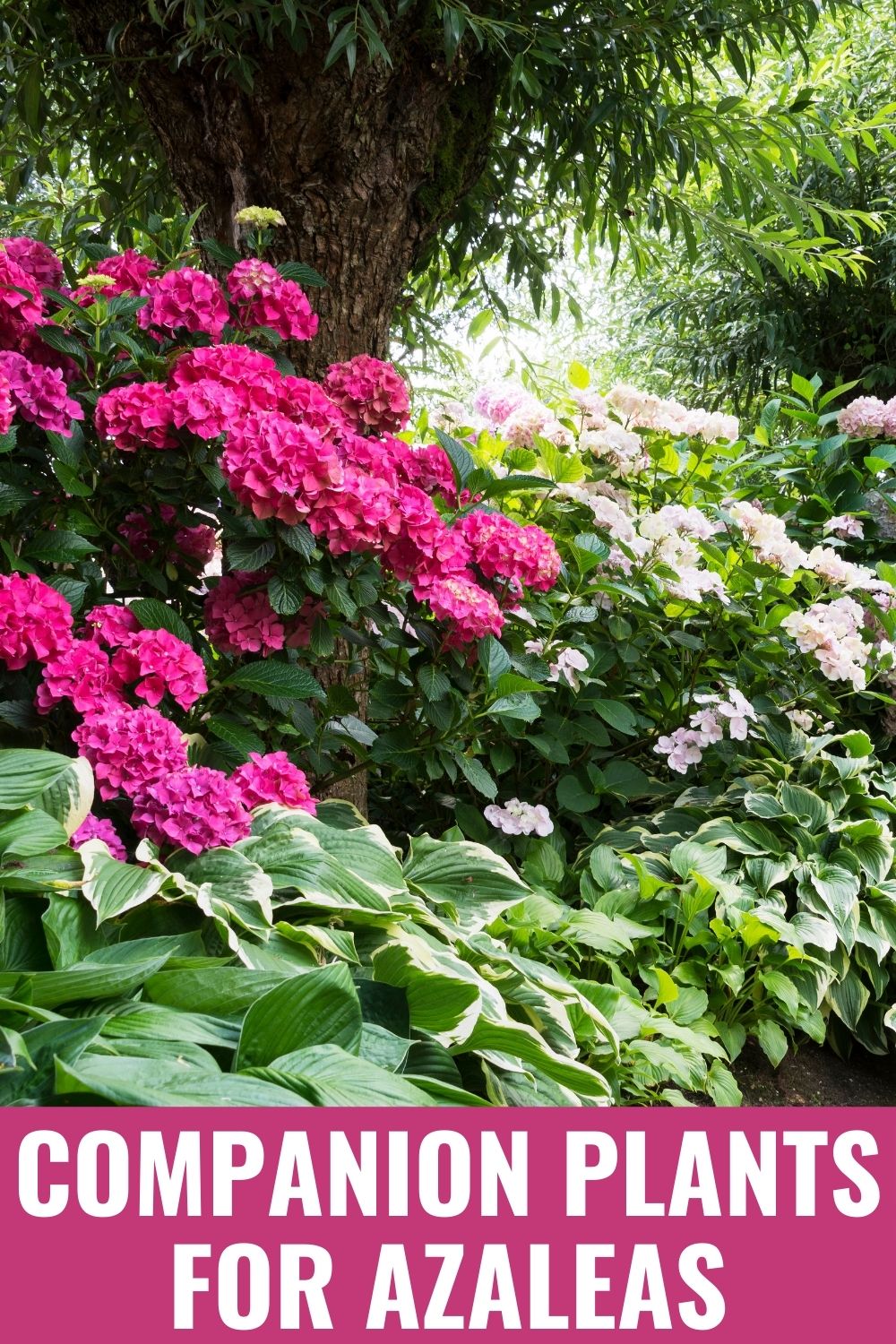
- Sassafras

- Wintergreen
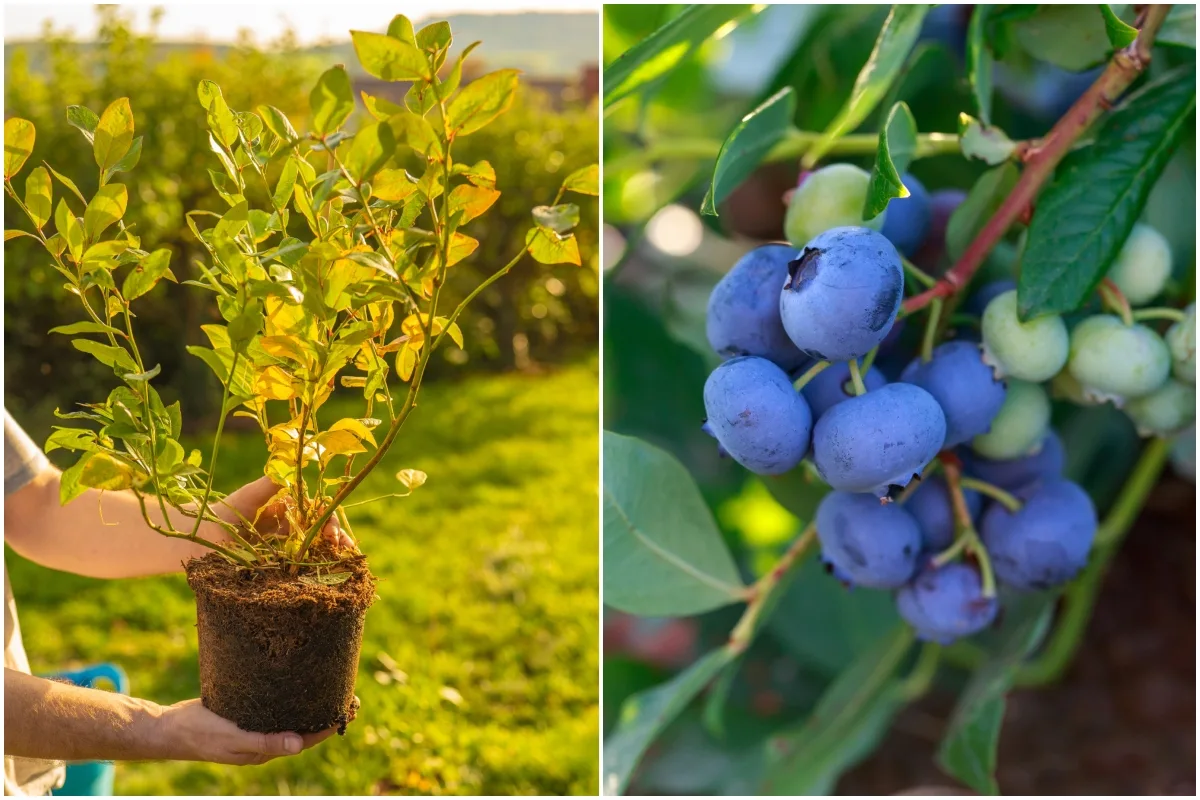
Q: Why are companion plants important for huckleberries?
A: Companion plants can provide a number of benefits for huckleberries, including:
- Improved pollination: Some companion plants, such as azalea and rhododendron, attract pollinators that can help to improve the pollination of huckleberries.
- Reduced pest and disease pressure: Some companion plants, such as beetleweed and wintergreen, can help to deter pests and diseases that can damage huckleberries.
- Enhanced soil quality: Some companion plants, such as ferns, can help to improve the soil quality around huckleberries, making it more nutrient-rich and well-drained.
- Increased aesthetic appeal: Companion plants can also help to increase the aesthetic appeal of a huckleberry planting, creating a more visually appealing and inviting garden space.
Q: How far apart should huckleberry companion plants be planted?
A: The spacing between huckleberry companion plants will vary depending on the specific plants that you are choosing. However, as a general rule of thumb, you should plant companion plants at least 2-3 feet apart. This will give the plants enough space to grow and thrive.
Q: What are some common mistakes to avoid when planting huckleberry companion plants?
A: Some common mistakes to avoid when planting huckleberry companion plants include:
- Planting too many companion plants in one area: This can crowd the plants and make it difficult for them to thrive.
- Planting companion plants that have different water or nutrient requirements: This can lead to problems with the health of the plants.
- Planting companion plants that are susceptible to the same pests or diseases: This can make the plants more vulnerable to attack.
Q: How do I care for huckleberry companion plants?
A: The care requirements for huckleberry companion plants will vary depending on the specific plants that you are choosing. However, as a general rule of thumb, you should:
- Water the plants regularly, especially during hot, dry weather.
- Fertilize the plants in the spring and fall with a balanced fertilizer.
- Mulch around the plants to help retain moisture and suppress weeds.
- Prune the plants as needed to maintain their shape and size.
Image of huckleberry companion plants
- Oregon grape: This plant is a nitrogen-fixing shrub that helps to improve the soil for huckleberries. It also provides some shade, which can be beneficial for huckleberries.
- Bearberry: This low-growing evergreen shrub is a good choice for huckleberry companion plants because it doesn't compete for water or nutrients. It also provides some ground cover, which can help to suppress weeds.
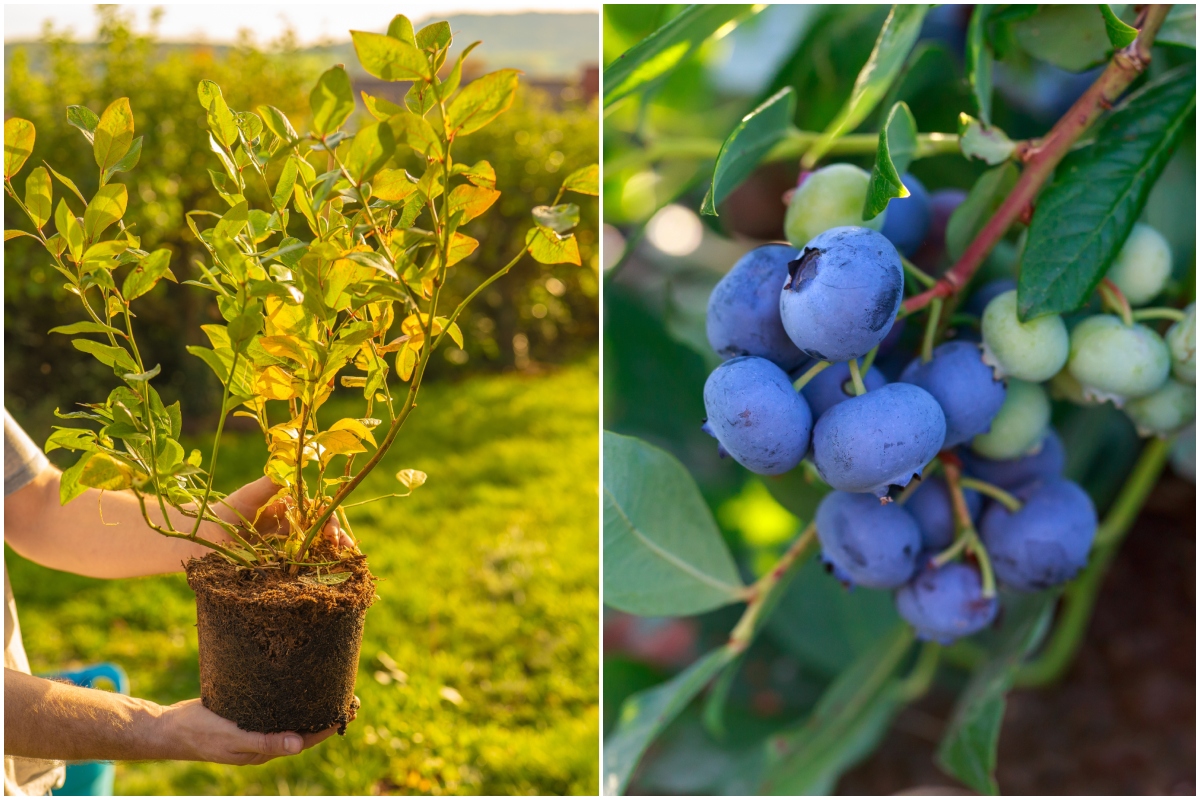
- Salal: This evergreen shrub is another good choice for huckleberry companion plants because it doesn't compete for water or nutrients. It also provides some food and shelter for wildlife, which can help to deter pests from huckleberries.
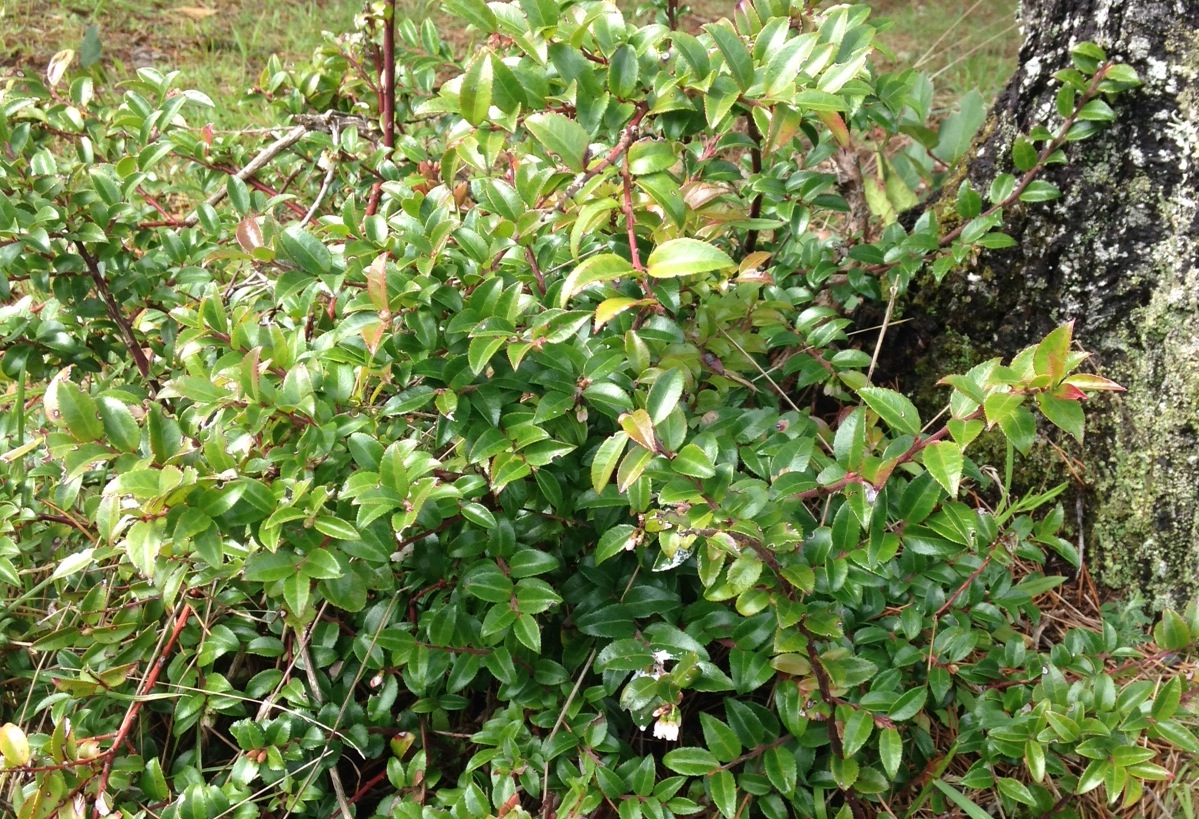
- Ferns: Ferns are a good choice for huckleberry companion plants because they help to keep the soil moist and cool. They also provide some shade, which can be beneficial for huckleberries.

- Wildflowers: Wildflowers can add a splash of color to your huckleberry patch and attract pollinators. Some good choices for wildflowers include lupine, columbine, and aster.
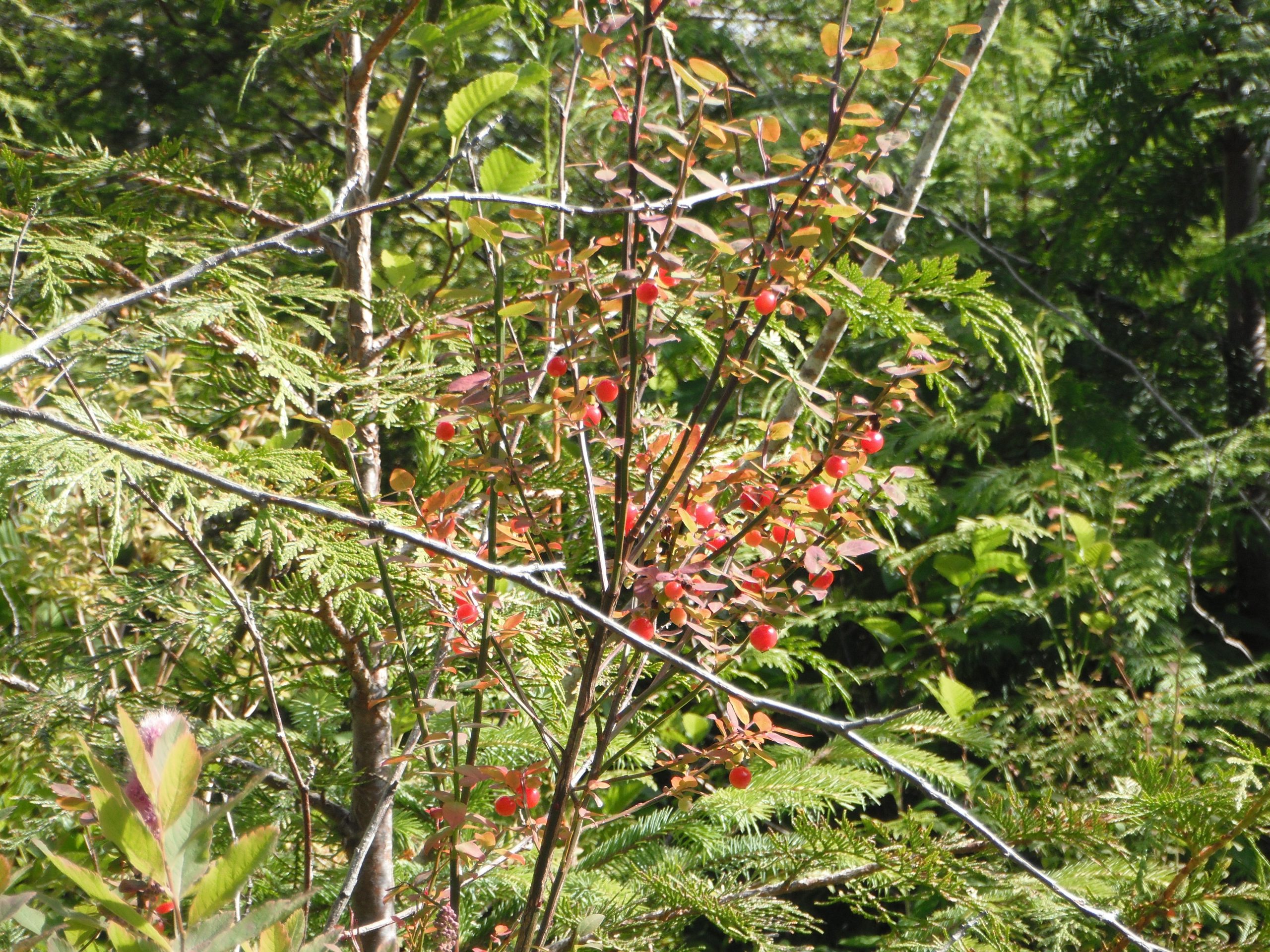
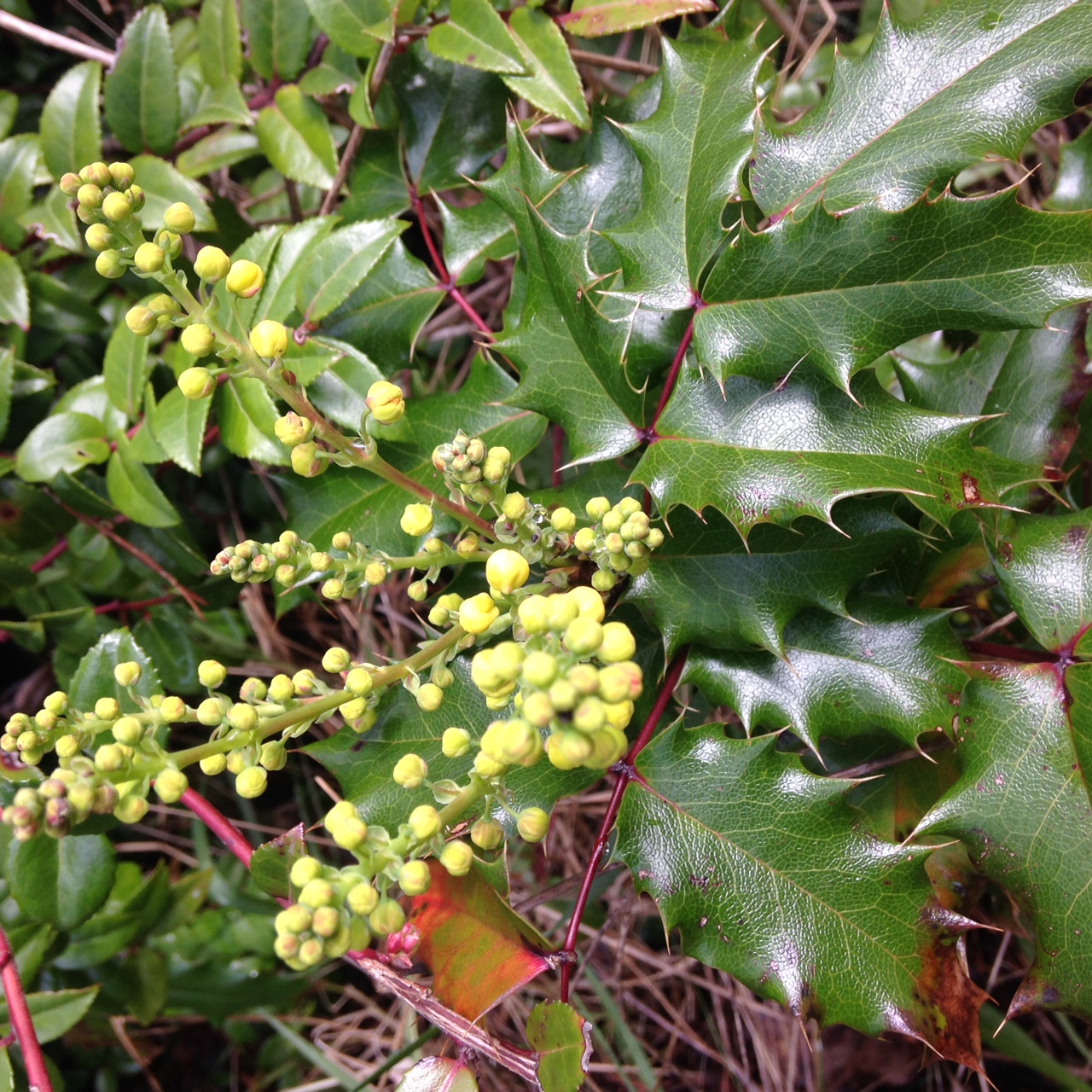
Post a Comment for "The Huckleberry Companion Plant Cheat Sheet"